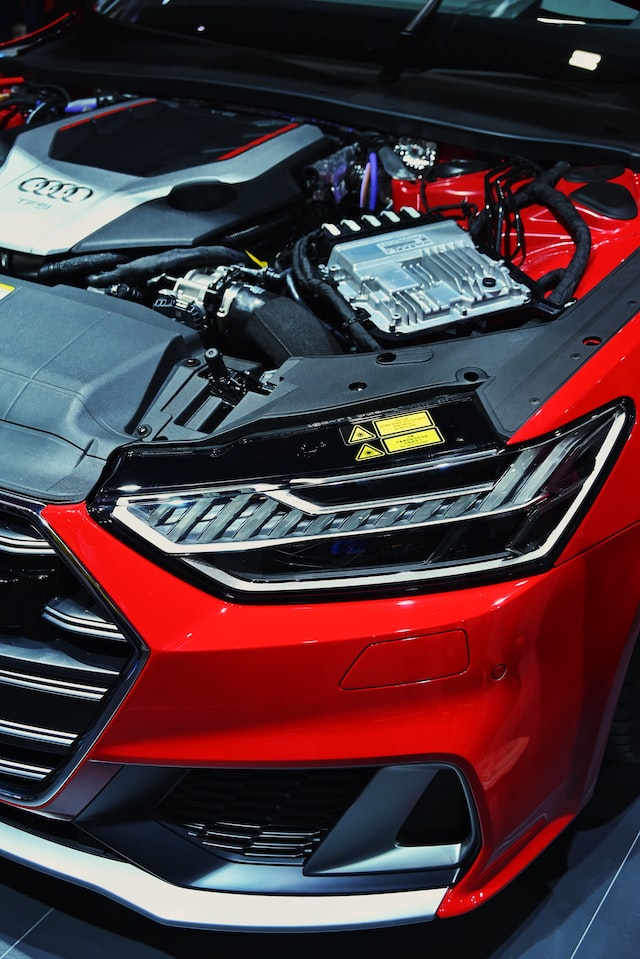Distraction while driving is becoming of great concern for both private and government entities, especially since upwards of 3,000 people are killed because of it. Another 400 thousand on average are injured, according to the CDC, as a result of distracted driving such as lane weaving.
One explanation is that we also have a lot of technological devices in our cars. Shifting the frequency or station on the radio used to be the most typical pattern that required a glimpse away from the road. Cell phones, text messages, GPS devices, smartphones, and notebooks will now perform a variety of functions. Some people also have televisions in their automobiles.
Distracted Driving Comes in Four Forms
Visible, physical, audible, and cognitive distractions are the four forms of driving distractions.
Distracting Visuals
When you’re physically distracted, it means you’ve taken your gaze away from the road and focused on something else which can cause lane weaving. Visual distractions include things like gawking, messaging, reading billboards, and checking in the back seat to see what the kids are up to.
Distractions like these divert the driver’s mind off of things for an estimated five seconds. In that time, if you’re driving at 55 miles per hour, you’ll have covered the size of a football field! Since the diversion slows reflexes, a car wreck is more likely to occur whenever the driver’s attention is diverted from the road while driving the distance.
Distractions Due to Hearing
Within the car, sounds and movements can be distracting. For instance, if your motor is producing a strange sound and you’re concentrating on it, you’re not paying attention to the road. The noise in the back seat will distract you if your child starts screaming or your children are fighting.
Distractions by Hand
So although someone’s eyes are on the highway, you have poor control over the car when you remove your hands from the wheel to alter the radio station, monitor the GPS, or reach for a sandwich or drink. As a result, although your eyes will be on the road, you have limited control over the car, and the result is postponed reaction time and even lane weaving.
Distractions In The Mind
Anything that triggers you to lose concentration or keeps your mind from trying to drive is referred to as a cognitive diversion. Talking on a mobile device, even though it’s hands-free, is a cognitive diversion.
Texting and dialing a mobile phone are particularly dangerous behaviors because they incorporate visual and cognitive distractions. Other examples of cognitive distractions include conversing with travelers, concentrating on an interesting news article, or disciplining children.
Things for which drivers will be held accountable:
- Using a telephone
- When it comes to texting,
- Consumption of food or beverage
- Attempting to reach for a cigarette or lighter while smoking
- Switching radio stations
- Setting up the GPS
- Reprimanding the children or soothing the infant
- When going past an accident, rubbernecking is a common occurrence.
- Reading advertisements on signboards
- The radio is on full blast.
- In the car or in a purse, looking for something
- Turning to engage in conversation with other riders
- Leaving pets unbridled in the car

 Revamping Your Bathroom Space: The Journey to Selecting the Perfect Cabinets
Revamping Your Bathroom Space: The Journey to Selecting the Perfect Cabinets  Strengthening Your Team: The Role of Background Checks in Modern Hiring Practices
Strengthening Your Team: The Role of Background Checks in Modern Hiring Practices  Keeping Your Hearth in Top Shape: The Value of Routine Fireplace Repair
Keeping Your Hearth in Top Shape: The Value of Routine Fireplace Repair  Septic Systems: Maintenance Tips for Homeowners
Septic Systems: Maintenance Tips for Homeowners 


